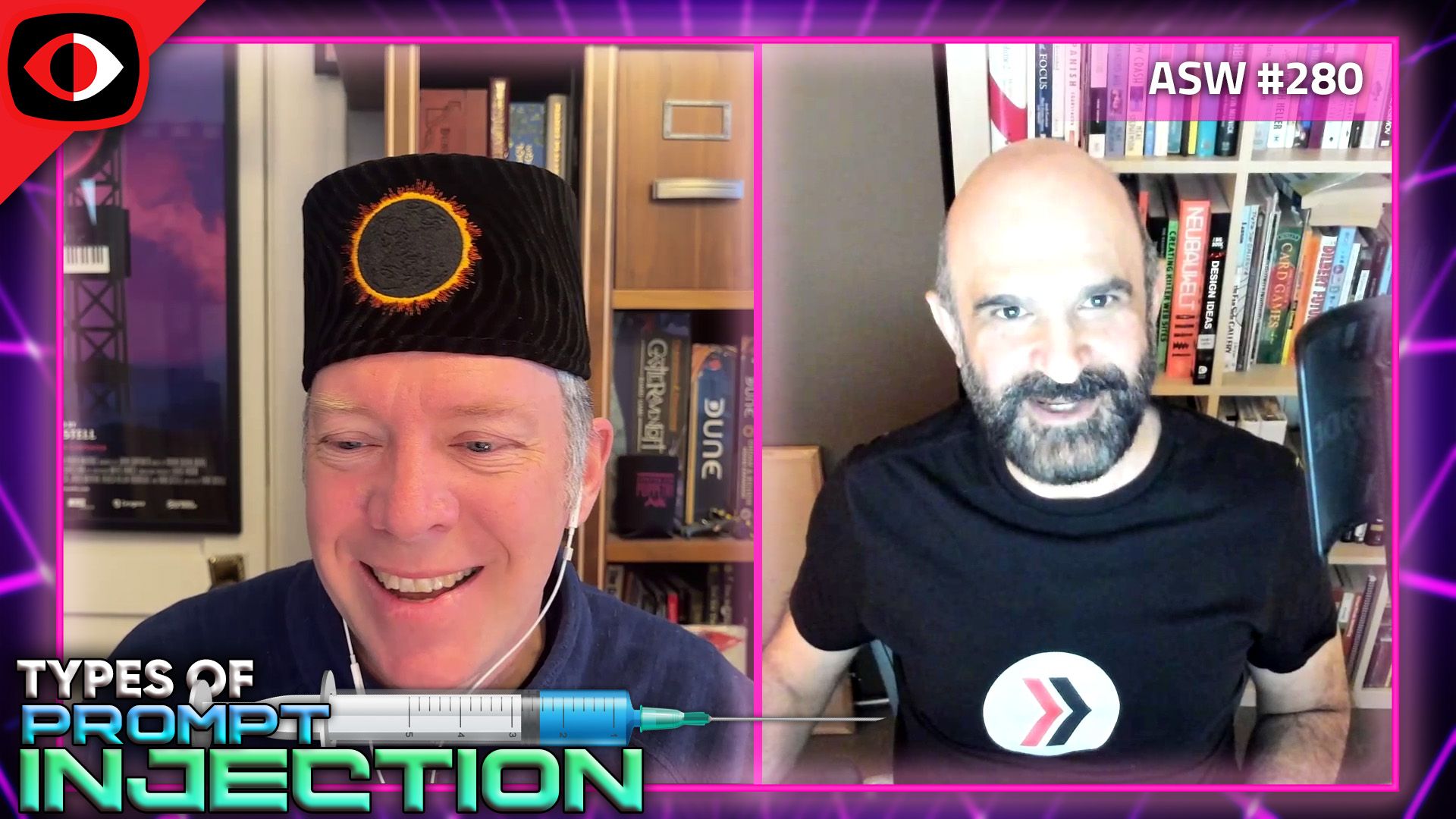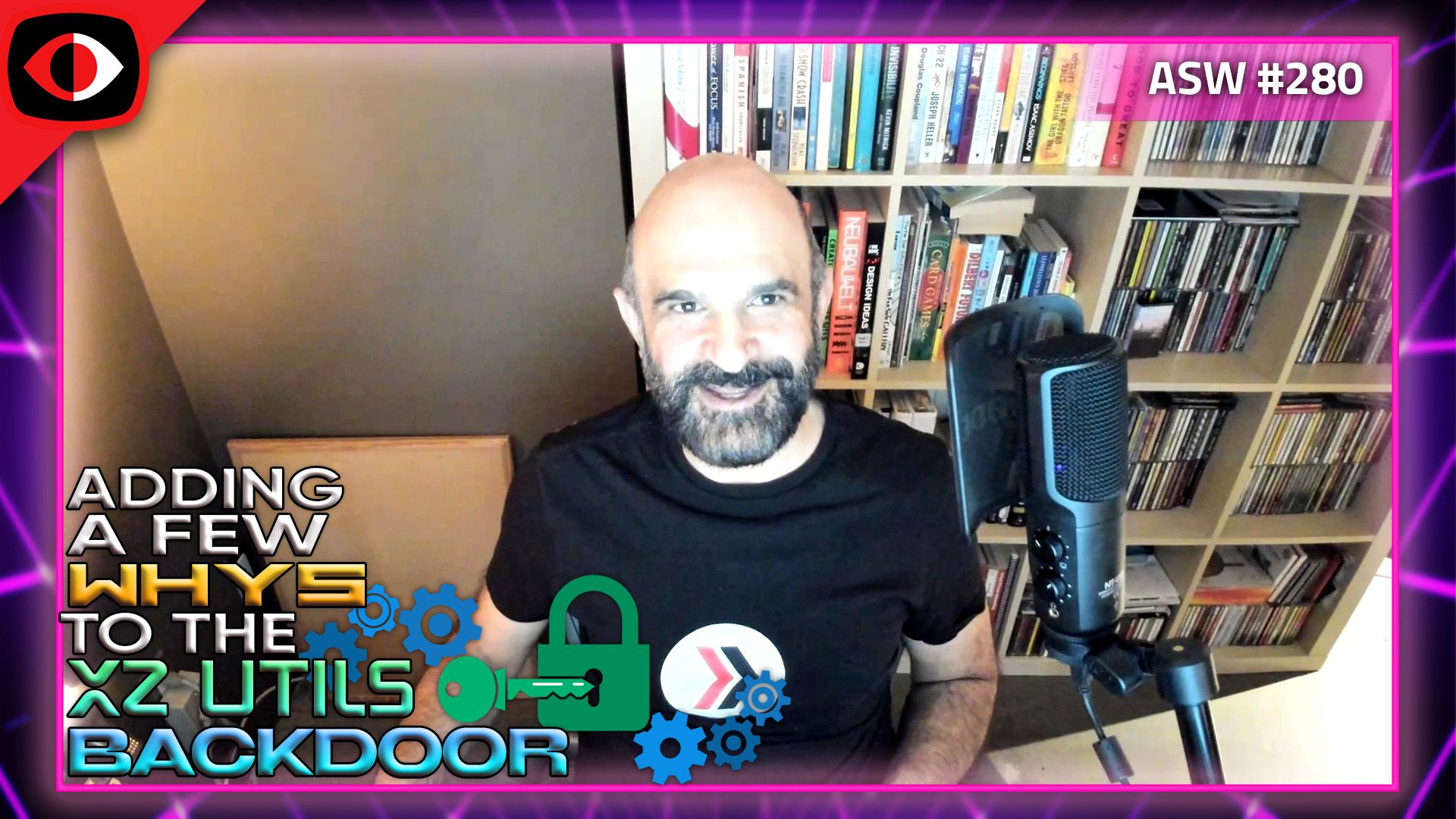Crazy money and crazy outcomes – cybersecurity acquisitions in all shapes and sizes – ESW #358
This week, Adrian and Tyler discuss some crazy rumors - is it really possible that a cloud security startup valued at over $8 billion in November 2021 just got bought for $200 million???
Some healthy funding for Cyera and Cohesity ($300m and $150m, respectively)
Onum, Alethea, Sprinto, Andesite AI, StrikeReady, YL-Backed Miggo, Nymiz, Salvador Te...










